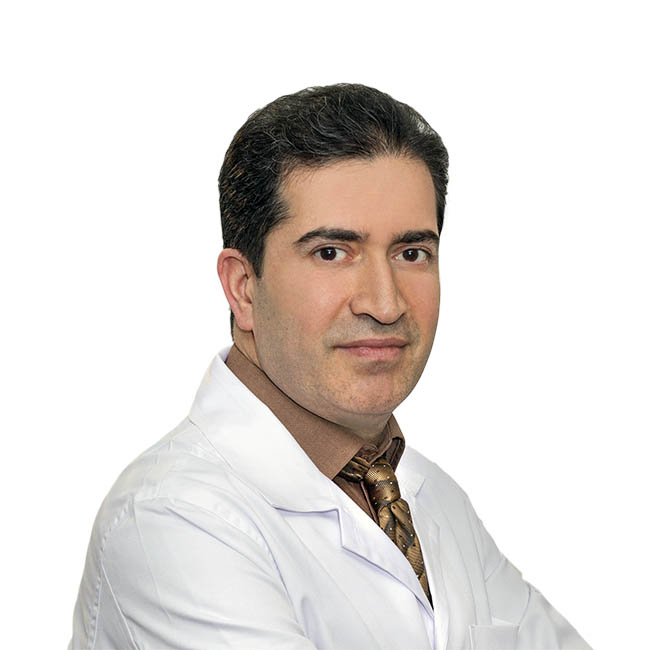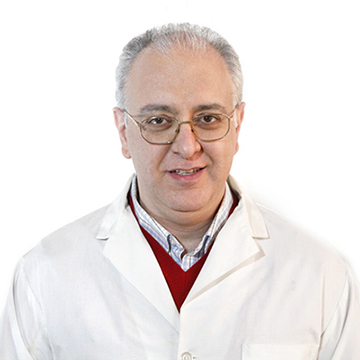ECG Electrocardiogram
What is an ECG?
Electrocardiogram, which in medical terms is called electrocardiogram or ECG, is a very simple test. This test is used to check the rhythm and electrical activity of the heart.
To take this test, special sensors are attached to the skin. The task of these sensors is to detect the electrical signals produced by the heart. When these sensors receive the signals from the heartbeat, they send it to the device to be recorded on a special paper.
An ECG may be ordered by a cardiologist or any doctor who thinks you may have a problem with your heart.
Echocardiography is an auxiliary and non-invasive diagnostic method. Therefore, you can do this in the shortest possible time in a hospital or clinic equipped with an EKG machine or a specialized clinic.
The person taking this test may be a cardiologist or a trained health care technician. This is very easy to do for someone who has learned to use an EKG machine.
A very important issue is how to diagnose a heart problem based on the information recorded on the ECG. Therefore, the analysis and review of the ECG should be done by a cardiologist.
Of course, the quality of the ECG machine is also an important issue. Because the smallest signal issued from the heart must be received and recorded. This issue is very effective in diagnosing heart disease and its severity and weakness.
As a widely used and primary measure in the investigation of heart pains and heart attacks, electrocardiography has a special value, which is recommended and performed for all those who are suspected of angina pectoris, heart attack and acute heart problems.
A doctor can use an EKG to observe the patterns between heartbeats and its rhythm to diagnose various heart conditions.
ECG is a non-invasive, painless test with fast results.
Electrocardiogram (ECG) is a graphical drawing of the potentials produced by the heart, and in fact, the electrical activity of the heart is called an electrocardiogram or electrocardiogram. The electrical waves of the heart are drawn by the electrocardiograph device on a special grid paper consisting of a number of small and large squares.
The signals are connected to the organs and chest with the help of a nurse or technician, which is one of the safest and simplest procedures. The signals give valuable information about the heart to the cardiologist and blood pressure, which is received and recorded by the electrocardiogram machine. becomes
After the ECG test
The nurse or technician removes the electrodes from the patient's body, and after removing the electrodes, the skin may become a little sensitive and red, which is often not an important issue and does not require treatment.
After the test, the patient can easily return to his daily activities.
This test is a non-invasive and painless method with fast results.
You can resume your normal daily activities after this test.
The doctor usually interprets and explains the results of your ECG on the same day of the test.
If your ECG is normal, you may not need any other tests. If the results show that you have a heart problem, you may need to repeat the echocardiogram or other diagnostic tests such as echocardiography, etc.
An echocardiogram can show clues about enlarged cavities or heart walls, heart defects, and other problems. If the cardiologist finds any irregularity in your heart rhythm, he may prescribe other methods of diagnosing cardiovascular diseases.
Since a normal electrocardiogram records only a short time of the heart's electrical activity, continuous recording of the heart's electrical activity for 24 hours or more may be more useful in detecting heart rate and rhythm changes. In order to perform this type of continuous mobile ECG, a device called a Holter monitor is used.
How many types of ECG are there?
In general, there are 3 types of ECG.
ECG taken while resting or lying down. This is called Resting ECG.
ECG taken during exercise. That is, the person is stationary while running on a treadmill or pedaling on a bicycle, and in this state, an ECG is taken from him. This ECG is called Exercise ECG.
Ambulatory electrocardiogram. In this case, the sensors that receive the heart signals are connected to a portable device that a person ties to his waist or wears around his neck. Then the heart rhythm is recorded by this device for one to several days so that the doctor can analyze and check its information later.








